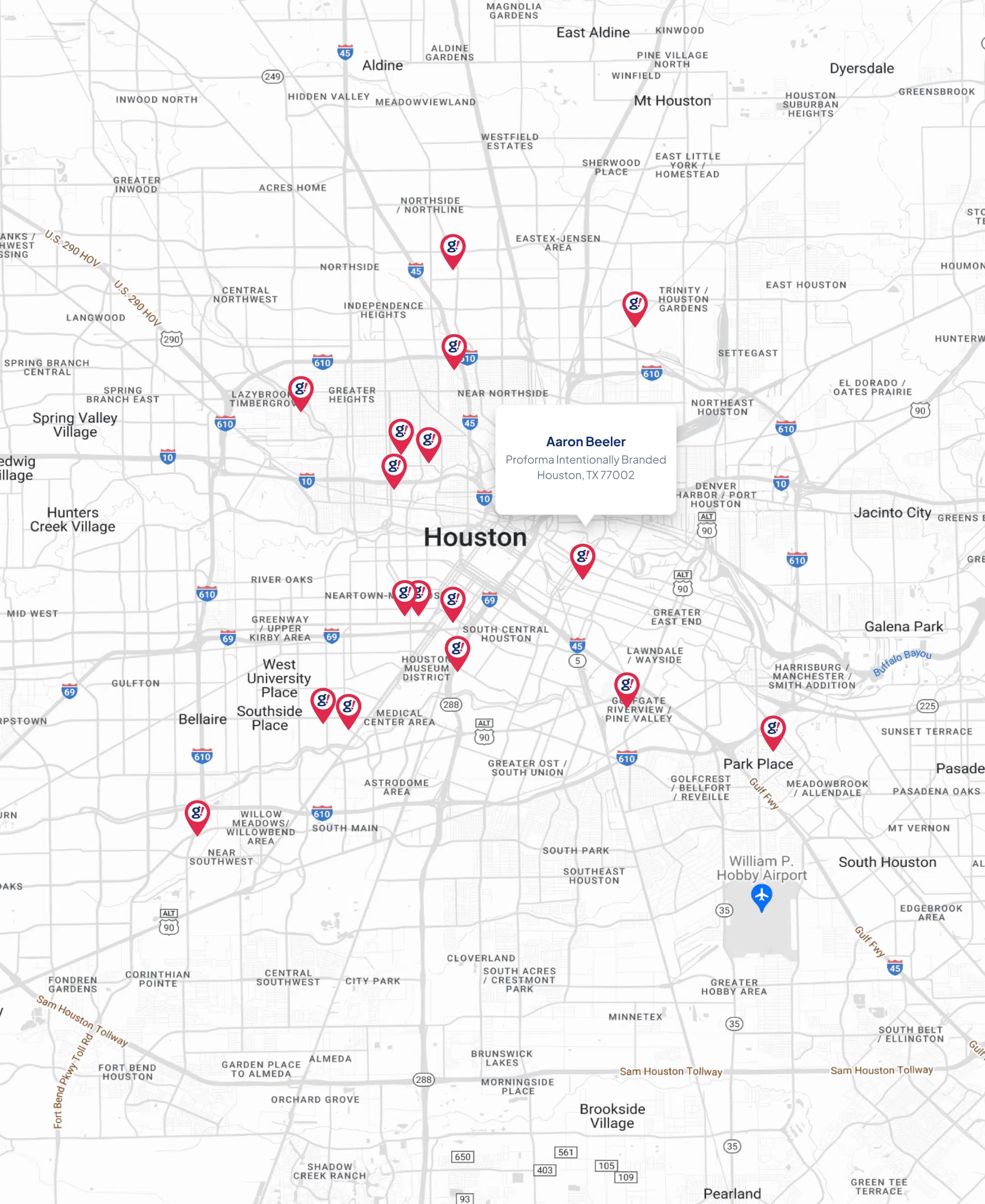Marketers can operationalize customer feedback (whether you 'own' it or not) - Marketing Land
- Updated on: 2019-10-14
- Read original article here

Feedback has never been so business-critical as it is today. We live and work in an era of unprecedented global transparency, digital experience-sharing, and a desire to be heard. In this environment, feedback is constantly surfacing about your company, your products, and the experiences you do or don’t deliver. This is happening whether you like it or not, across channels, and around the clock. We refer to this as the feedback economy.
Customer expectations are at an all-time high, and they keep going up. The feedback economy has changed how people make decisions – which means it’s changing our roles as marketers. I recently gave a talk on using customer feedback to supercharge your marketing. Afterward, I asked the audience to give me feedback on what I got right and what people wanted to learn more about. In response to my survey, I saw that marketers want to tap into the power of customer feedback, but often struggle to integrate it into their organizations in a meaningful way. Two comments, in particular, caught my eye:
When we convened a set of business leaders in London last quarter to discuss how to navigate the feedback economy, we explored this uncertainty a little more. We asked: “Which department in your organization is ultimately responsible for gathering feedback throughout the customer lifecycle?” The top answer was customer success, with 33% of the votes. Marketing was second with 16% and strategy was third with 13%.
But almost a quarter (23%) of the leaders in attendance told us customer feedback was owned by a different department, and the reality is that ownership is dispersed for many organizations. It’s empowering to think that all of our departments feel responsible for collecting and acting on customer feedback – but it can also lead to confusion, dropped balls and a disjointed experience for customers if you don’t think seamlessly across the lifecycle.
If we truly want to empower everyone at our organizations to tap into the power of customer feedback, it requires putting the right infrastructure and guardrails in place. Here are five tactical tips you can implement to strengthen how your organization collects and operationalizes feedback.
We’re all awash in data. We know how people are finding us, who is clicking on what, and when customers are most active. But to really understand customers, you need to go beyond collecting metrics to uncover the “why” behind those clicks and scrolls. Your first step to operationalizing feedback in a meaningful way should be to encourage employees to get curious about what customers are thinking and feeling. Curiosity is a prerequisite for success in the feedback economy.
Instead of worrying about who should “own” customer feedback, make sure the feedback can flow to where it needs to be to have an impact. Select survey software that integrates with your existing systems of record (Salesforce, Tableau, Outlook, Slack, Power BI, IBM Watson, Marketo, Eloqua and more). Piping data directly into these tools means your team will have access to valuable customer feedback – and therefore much richer context – where and when they need to make decisions.
Tip #3: Enable anyone to easily (and safely) deploy a survey
Now that your infrastructure is ready to funnel feedback data into key systems of record, it’s time to democratize access to survey software so every team can listen to customers. Help them be successful by setting the appropriate guardrails, for instance by providing templates or recommended questions. And make the impact visible by encouraging company leaders to bake customer feedback into daily, weekly or quarterly dashboards and goals check-ins.
One-and-done surveys – like a pricing or packaging-related survey prior to launch – can be great. But sometimes you’ll want to measure feedback longitudinally, to get a sense of change over time. For instance, we run a semi-annual brand tracker across SurveyMonkey’s top global markets to keep a close eye on how we are trending relative to competitors. Educate employees on when they should be thinking one-and-done versus long term so they can take a programmatic approach to the feedback they collect.
Present the results of feedback surveys at all-hands meetings, highlight them in product development presentations, and talk about them in your press releases. Push your teams to talk about the implications. What needs to change in light of the feedback? Showing that you’re focused on the needs of your customers doesn’t just help improve customer experience, it can increase employee retention, too. Our research shows that 83% of employees who perceive that their company has high customer satisfaction think they’ll be at their job in two years. When employees think their company has low customer satisfaction, that number drops to just 56 percent. Show your team how invested you are in customer feedback, and it could pay off in some surprising ways.
Opinions expressed in this article are those of the guest author and not necessarily Marketing Land. Staff authors are listed here.



